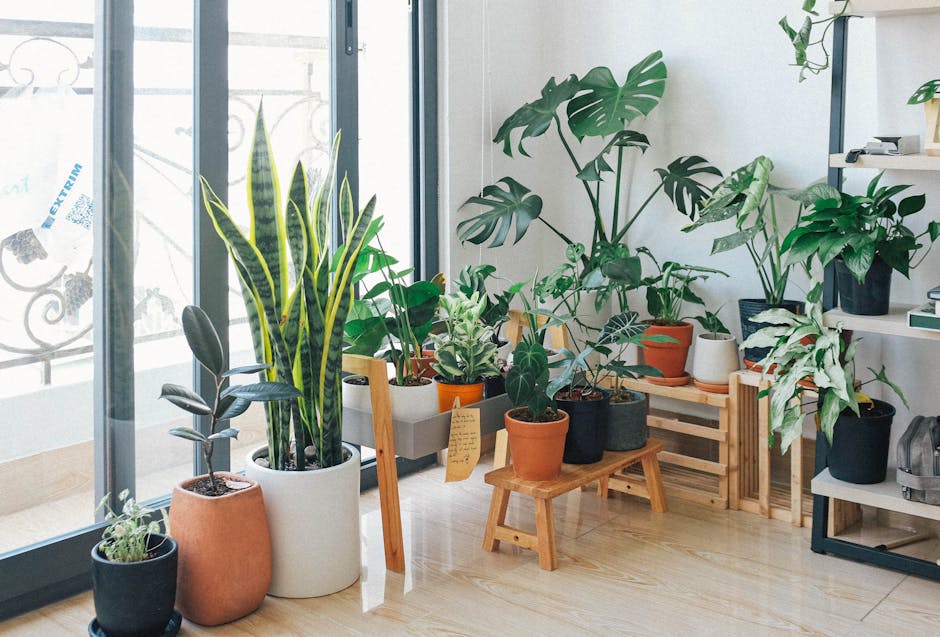Eco-Brutalism: Merging Minimalist Design with Urban Sustainability
Urban environments are like living organisms, constantly evolving while grappling with modern demands and sustainability challenges. Enter Eco-Brutalism—a striking, yet often misunderstood architectural style that bridges the gap between minimalist design and sustainable living. Imagine buildings that are both visually arresting and eco-conscious—the perfect union!) As we navigate the bustling modern landscape, this innovative design philosophy encourages us to rethink how our urban spaces can reflect our values of sustainability and minimalism.
The intersection of aesthetics and eco-friendliness is where Eco-Brutalism thrives. With its unapologetic raw materials, such as concrete and steel, it prompts us to see the beauty in honesty and resilience. Living in a world that increasingly recognizes its environmental responsibilities means we must celebrate and adopt practices that not only reduce our carbon footprint but also enhance our everyday environments. For anyone interested in sustainable living or urban design, exploring this topic can open up new avenues for how we envision our communities. Let's delve deeper into how Eco-Brutalism fosters a vision of sustainable urban living.
Understanding Eco-Brutalism: A Philosophical Approach

At its core, Eco-Brutalism transcends mere aesthetics. It embodies a philosophy that values function without sacrificing ecological integrity. By shedding the layers of flashy design and focusing on a utilitarian approach, Eco-Brutalism emphasizes the importance of grounding architectural practice in environmental considerations. The materials used often come from local sources, minimizing transportation emissions, while showcasing the raw beauty of resources that might otherwise be overlooked.
Contrary to common misconceptions about Brutalist architecture being cold or uninviting, Eco-Brutalism often integrates natural elements to create warm and inviting spaces. Beautifully constructed with thoughtful planning, these spaces encourage a closer relationship between urban life and nature, leading to greater community engagement and well-being. This innovative design approach not only promotes sustainable living but serves as an essential reminder of the beauty present in imperfection and simplicity.
The Minimalist Design Principle in Sustainable Living

When we think of minimalism, we often envision a serene, uncluttered space, free from distractions. Similarly, sustainable living advocates for stripping away excesses that burden our lifestyle and environment. The minimalist design principle finds a strong ally in Eco-Brutalism—it highlights the importance of using space and resources wisely and intentionally.
By combining minimalism with Eco-Brutalism, urban dwellers can adopt a lifestyle that emphasizes quality over quantity. Fewer, more meaningful possessions lead to reduced waste and a lesser environmental impact. Examples of this include creating multifunctional living spaces that resonate with the concept of "less is more" while enhancing the overall aesthetic of urban environments.
You can learn more about cultivating minimalist practices that foster sustainable choices in this article on embracing local wisdom. By embracing the idea of simplicity, we can encourage innovative approaches to sustainability that support our well-being.
Innovative Materials and Techniques: The Eco-Brutalism Toolbox

The true magic of Eco-Brutalism lies in its innovative use of materials and techniques. These buildings often utilize reclaimed materials, enabling structures to tell their stories while preventing additional manufacturing impacts on the environment. Incorporating natural elements into designs, such as indoor gardens or green roofs, creates a dynamic relationship between urban dwellers and their surroundings.
Examples of these techniques can be seen in some urban developments, where biophilic design principles are employed. By integrating nature into architectural aesthetics, cities can enhance residents' quality of life while also supporting biodiversity. For instance, rooftops can serve as gardens, providing space for urban agriculture and community gathering spots.
A great way to explore these techniques further is to look into articles on upcycled gardening. By integrating these sustainable practices into gardening, you can extend the benefits of Eco-Brutalism into your own life.
The Role of Community in Sustainable Urban Living

Community plays an integral role in the success of Eco-Brutalism and sustainable living overall. Urban spaces designed with community engagement in mind foster connections among residents, combat social isolation, and promote shared responsibilities for maintaining our environment.
A vibrant community empowers individuals to gather, collaborate, and advocate for eco-friendly practices within their neighborhoods. Spaces designed to accommodate community activities, such as permaculture gardens or public parks, directly contribute to sustainability by promoting local food production and enhancing biodiversity.
Urban biodiversity can be cultivated through community initiatives, such as establishing habitats for wildlife within city limits. A well-organized micro-habitat project can be a great way to bring residents together while enhancing local ecosystems.
The Power of Eco-Brutalism in Climate Resilience

Cities are on the front lines of climate change, facing increased flooding, urban heat islands, and resource depletion. Eco-Brutalism's focus on sustainable architecture enables cities to adapt to these challenges effectively. By embracing green design principles, cities can build resilience against environmental stresses.
Creating structures that efficiently use resources, reduce waste, and prioritize energy efficiency can significantly lower a city's overall ecological footprint. As urban planners recognize these demands, Eco-Brutalism offers a path forward, illustrating how architecture can contribute positively to climate adaptation while still embodying simplistic beauty.
For more insights on urban climate resilience, you might find our article on urban farming useful. Urban agriculture serves as an excellent example of how inhabitants can mobilize to meet their food needs while enhancing local biodiversity.
Overcoming Misconceptions about Eco-Brutalism

Despite its many merits, Eco-Brutalism can face scrutiny and misunderstanding. Some believe that its raw aesthetic can contribute to a lack of warmth or vibrancy in urban environments. However, this critique often arises from a limited perspective on what the style can offer.
In reality, Eco-Brutalism encompasses thoughtful design choices that promote sustainability and community engagement, infusing these spaces with life and character. By consciously integrating elements of nature and creativity, these urban spaces transform into inviting havens that reflect the resilience and beauty of modern living.
Through open conversations and education, we can debunk the myths surrounding Eco-Brutalism, demonstrating how it enriches our urban landscapes and encourages sustainable practices. Talking about eco-friendly mythbusting can be a good start for shedding light on common misconceptions and promoting a more informed perspective on sustainability.
Learning From Nature: Biomimicry in Urban Design

One of Eco-Brutalism's most fascinating aspects is its alignment with biomimicry—the practice of drawing inspiration from natural processes and ecosystems to inform human design. By observing and replicating nature's strategies, architects and urban planners can create spaces that not only emulate these principles but enhance coexistence with the environment.
For example, utilizing thermal mass in concrete structures can reduce energy consumption by naturally maintaining comfortable temperatures. Utilizing drought-resistant plants in landscaping can drastically reduce water usage, reflecting nature's efficient strategies for survival in harsh climates.
Emulating these natural patterns not only improves building resilience but also fosters a sense of connection to the natural world, enhancing our overall well-being. To explore how elements of design can influence sustainable living, you may find value in our article about biomimicry for sustainability.
A Shift Towards Policy and Infrastructure
As cities embrace Eco-Brutalism and sustainable living, the role of policy plays an essential part in facilitating the transition. Zoning laws, incentives for green building practices, and funding for community initiatives can support the development of sustainable urban environments.
Policies that incentivize Eco-Brutalist designs can lead to increased adoption of these practices, creating a ripple effect within communities. As public infrastructure evolves to prioritize sustainable design, urban footprints can shift toward buildings that enhance both the quality of life and ecological resilience.
Support for incentives and policies that promote sustainability, such as local initiatives for zero waste or community-supported agriculture, can be found in discourse around embrace vintage energy. Vintage energy solutions often resonate with local communities, fostering a shared sense of ownership towards sustainable practices.
Final Thoughts
Eco-Brutalism encourages us to reevaluate our relationship with urban living, sustainability, and minimalism. By embracing this unique architectural philosophy, cities can transform into vibrant locales that foster connections to nature, community, and eco-conscious living. We must continue the conversation surrounding Eco-Brutalism, minimalism, and sustainable practices as they evolve and challenge our understanding of urban design.
Are you ready to explore how you can integrate Eco-Brutalism into your own life? Whether it's through re-evaluating your living space or connecting with your local community, you can take an active role in promoting sustainability in urban environments. Together, we have the potential to turn our cities into examples of resilience, creativity, and environmental consciousness.

